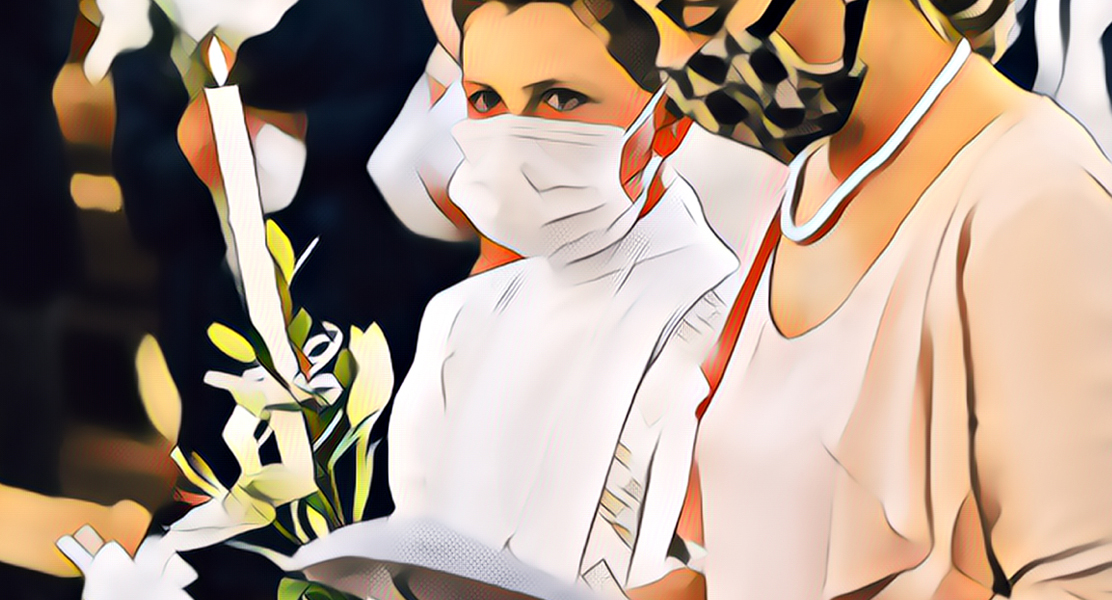New Supreme Court majority halts enforcement of New York COVID-19 targeted restrictions on houses of worship pending appeal

In a Thanksgiving Eve 5-4 decision, the U.S. Supreme Court barred the state of New York from enforcing worship service restrictions that capped attendees at 10 and 25 in areas classified as red and orange zones for their sharp rise in coronavirus infections. Newly confirmed Justice Amy Coney Barrett joined Justices Neil Gorsuch, Brett Kavanaugh, Samuel Alito, and Clarence Thomas in siding with two New York congregations.
The unsigned opinion departs sharply from the outcome the Court reached earlier this year in upholding restrictions in California and Nevada. The majority found New York’s red and orange zone restrictions on houses of worship amount to discrimination against religion because of the secular businesses that are allowed larger capacity.
In a red zone, while a synagogue or church may not admit more than 10 persons, businesses categorized as “essential” may admit as many people as they wish. And the list of “essential” businesses includes things such as acupuncture facilities, camp grounds, garages, as well as many whose services are not limited to those that can be regarded as essential, such as all plants manufacturing chemicals and microelectronics and all transportation facilities.
Chief Justice John Roberts authored a dissenting opinion in which he suggested the restrictions may violate the Free Exercise Clause but pointed to the fact that since the suit was filed, the red and orange zone designations have been lifted and no longer apply. The Court should wait, he argued, and only consider the argument if the restrictions are put back in place.
In a separate dissenting opinion joined by Justice Elena Kagan, Justice Sonia Sotomayor explained that the Court got it right in those earlier cases:
South Bay and Calvary Chapel provided a clear and workable rule to state officials seeking to control the spread of COVID–19: They may restrict attendance at houses of worship so long as comparable secular institutions face restrictions that are at least equally as strict. New York’s safety measures fall comfortably within those bounds. Like the States in South Bay and Calvary Chapel, New York applies “[s]imilar or more severe restrictions . . . to comparable secular gatherings, including lectures, concerts, movie showings, spectator sports, and theatrical performances, where large groups of people gather in close proximity for extended periods of time.” Likewise, New York “treats more leniently only dissimilar activities, such as operating grocery stores, banks, and laundromats, in which people neither congregate in large groups nor remain in close proximity for extended periods.” That should be enough to decide this case.
The impact of the Court’s new ruling on similar litigation across the country remains to be seen. The New York rules regarding houses of worship in the red and orange zones are arguably more restrictive than most others. To date, most challenged congregation limitations have been upheld, citing the Supreme Court’s earlier rulings this year, but that was before Justice Barrett’s replacement of the late Justice Ruth Bader Ginsburg.




